Read our blog to learn about the how, why, and who of Crowther Lab.
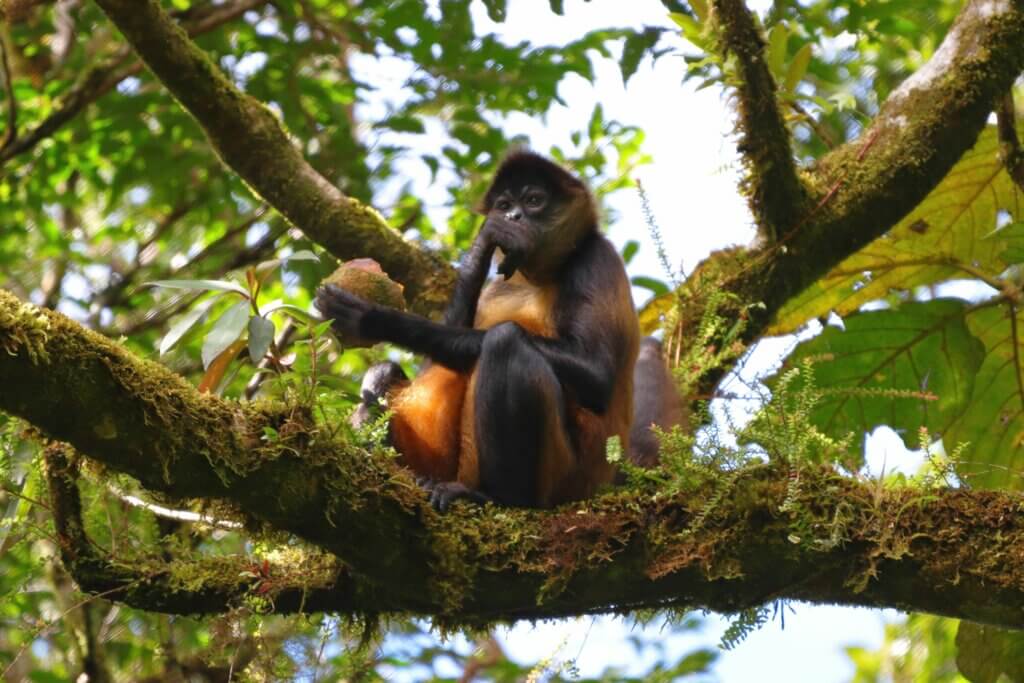
How animals plant trees
New research shows that tropical forests rely on animals to grow Picture a forest. For starters, you might think of trees. Now think of what else lives in and among those trees, from underground micro...
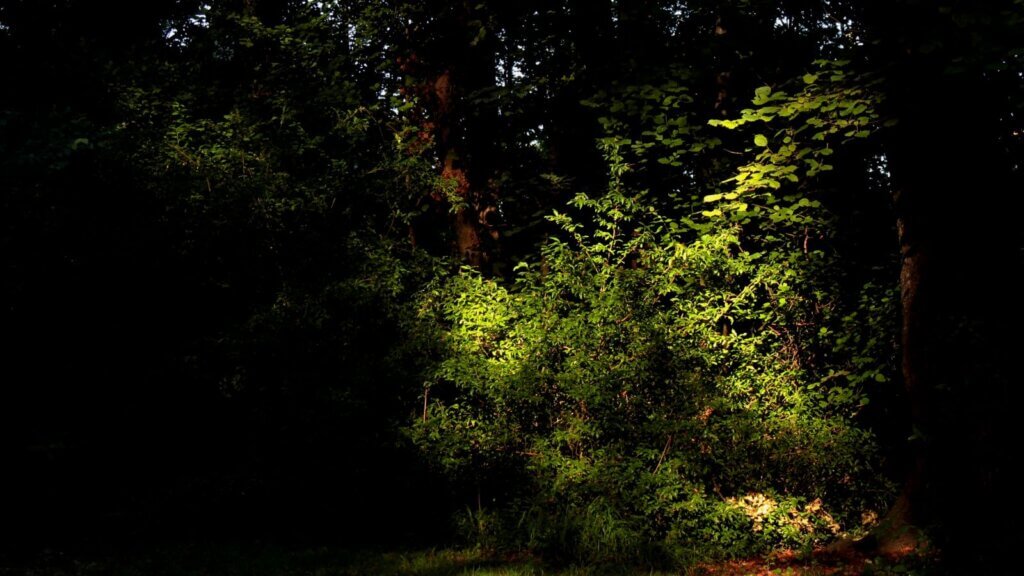
Competition: an unavoidable aspect of life on Earth
In every ecosystem, there’s at least something that is very limited – sunlight, water, nutrients, or space. How species compete for limited resources is fundamental to how ecosystems function. The...
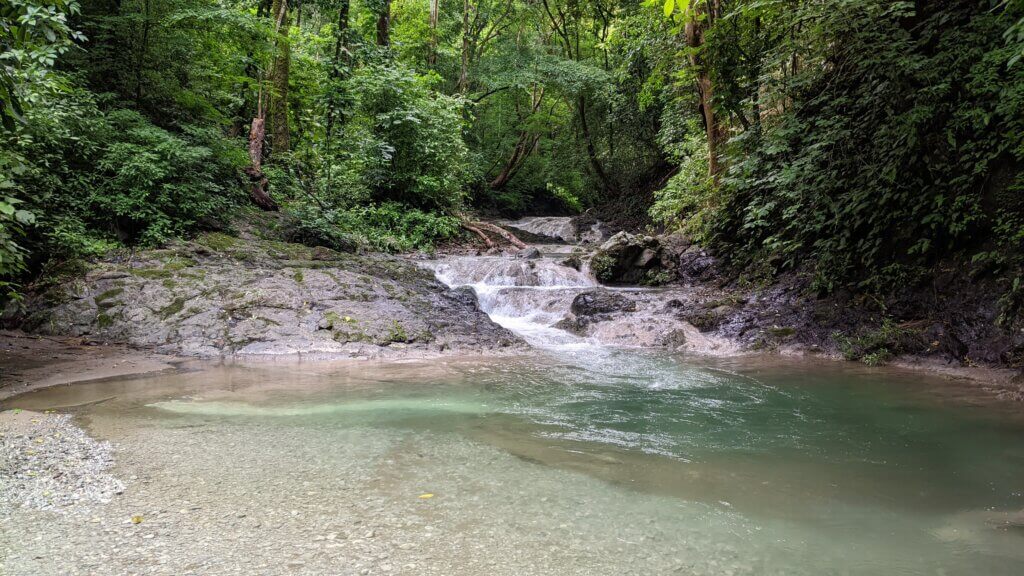
Costa Rica working with Crowther Lab on ground-breaking eco-transparency program
Enhancing transparency using ecosystem science We’re working to monitor and support Costa Rica’s payments for ecosystem services program. This will bring transparency to the country’s ground-bre...
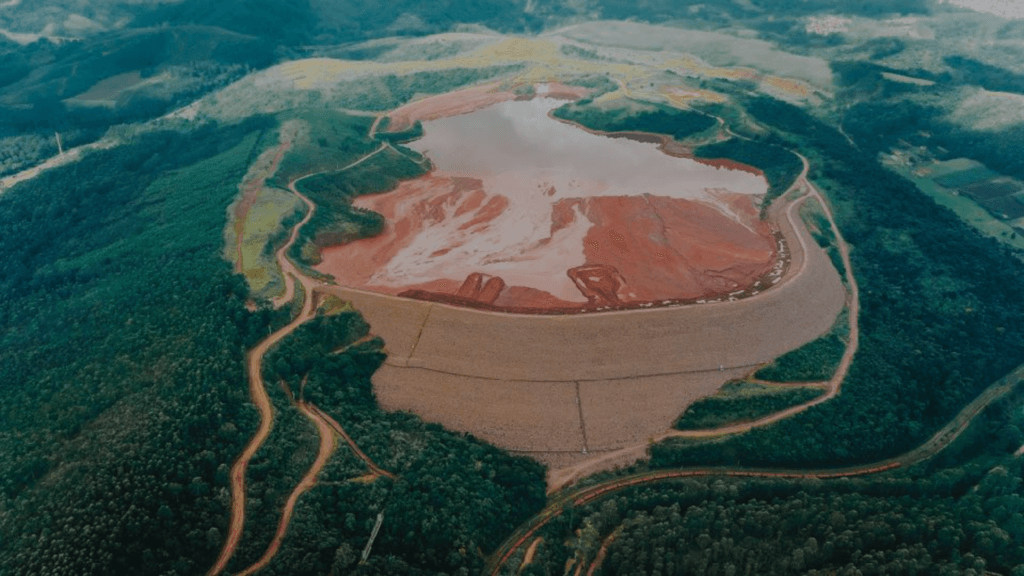
Restor’s public database offers new insights into the restoration movement
Nature presents a fascinating duality. It is simultaneously the totality of all life on Earth and the foundation for all the life it contains. As humans, we are both part of nature and reliant on it a...
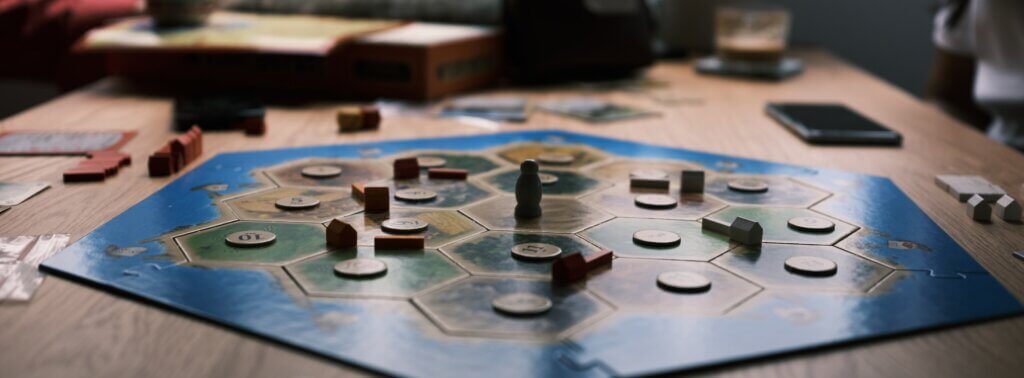
Games Help Humans Enable Change
New study showcases strategy games as a tool for improved environmental policy-making

Climate change is accelerating spring
Hundreds of years of tree flowering and leaf-out observations show that climate change is causing spring to start earlier.
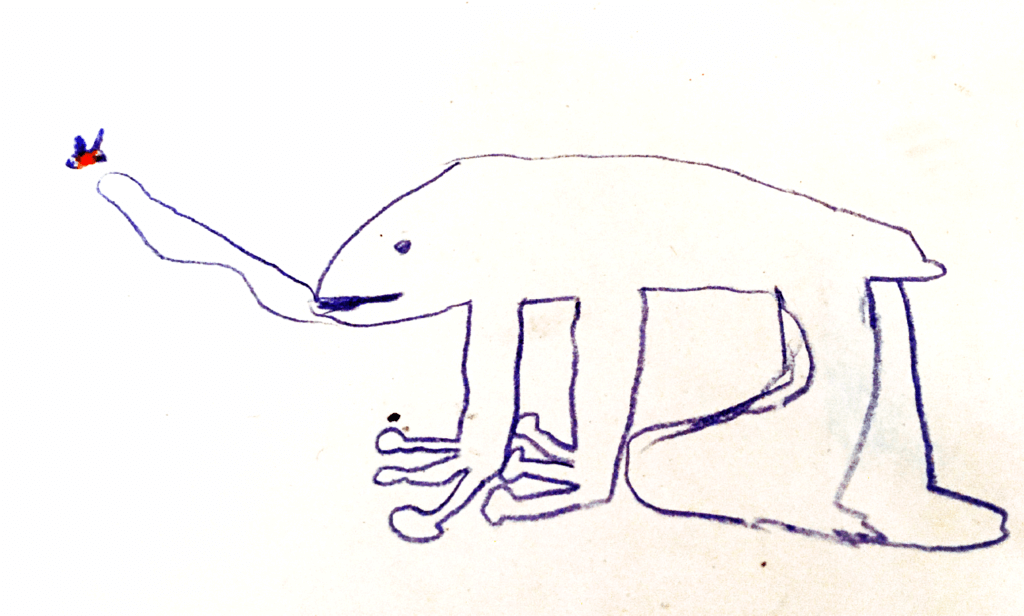
Why I communicate science to kids
It’s important for kids to see themselves in science.
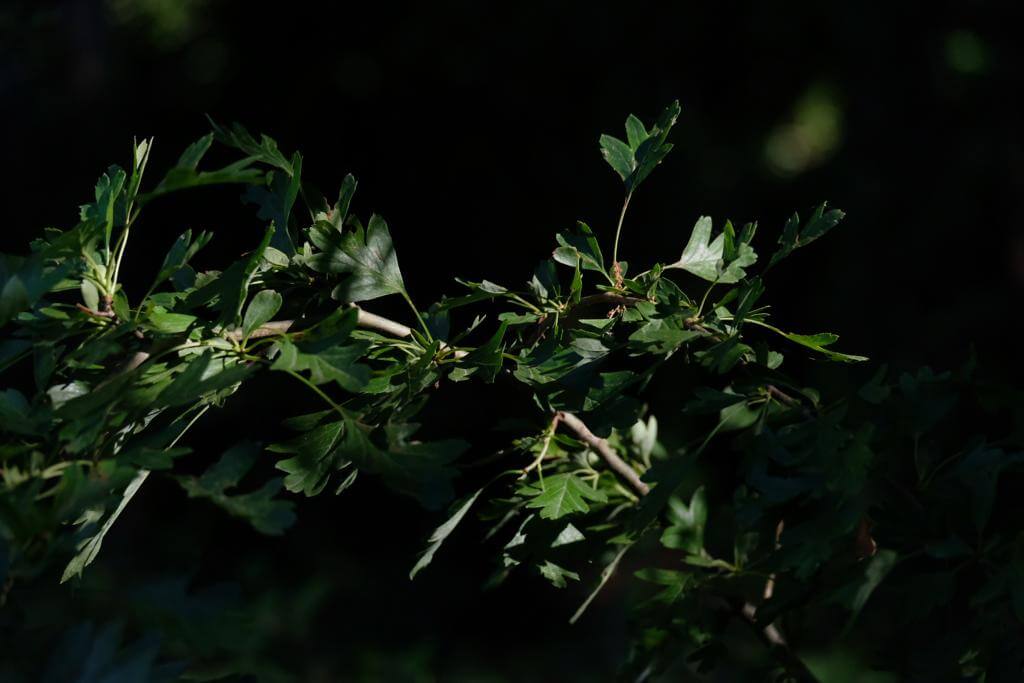
Why fungi secretly drive tree growth across Europe
The trees in forests rely on underground partners to help them grow. Meet the diverse fungi that form the forest microbiome.

Life beyond science: a search for work-life balance
Science is a demanding field that rewards hard work. But how much work is too much? Like many scientists, I’ve devoted a great deal of my life to my career.
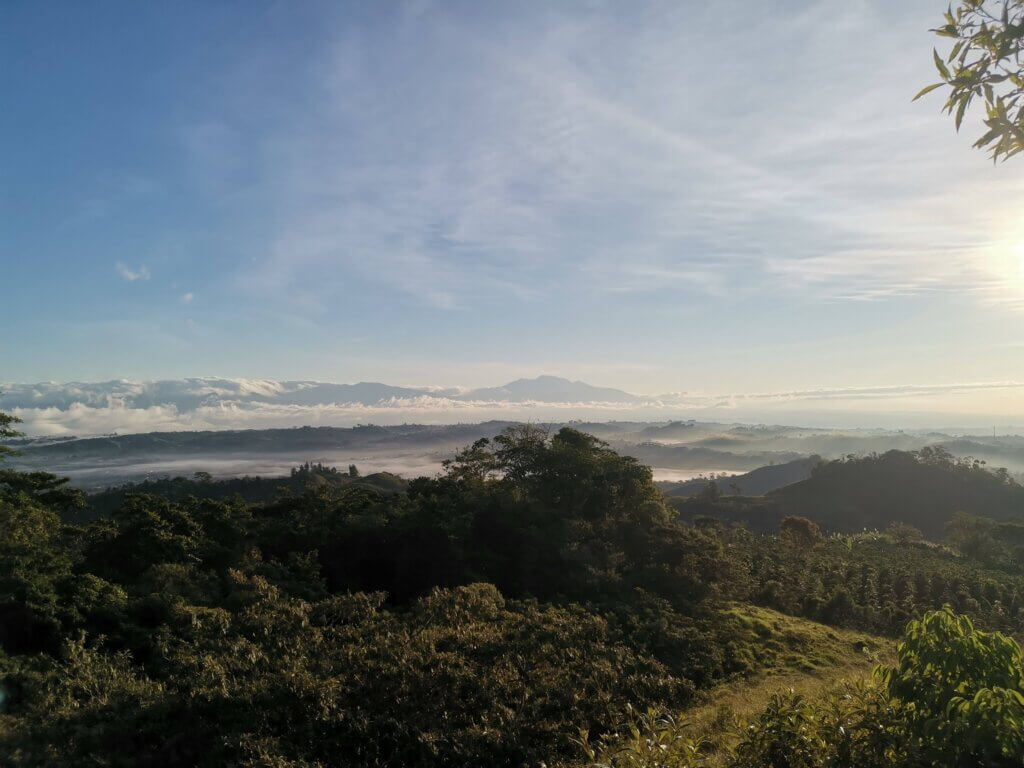
When we know it exists, it’s easier to protect
In the age of Google Maps, it’s easy to assume that everything has been discovered, mapped, and made known. The zoomable satellite view is right there at our fingertips; even undersea topography is ...
